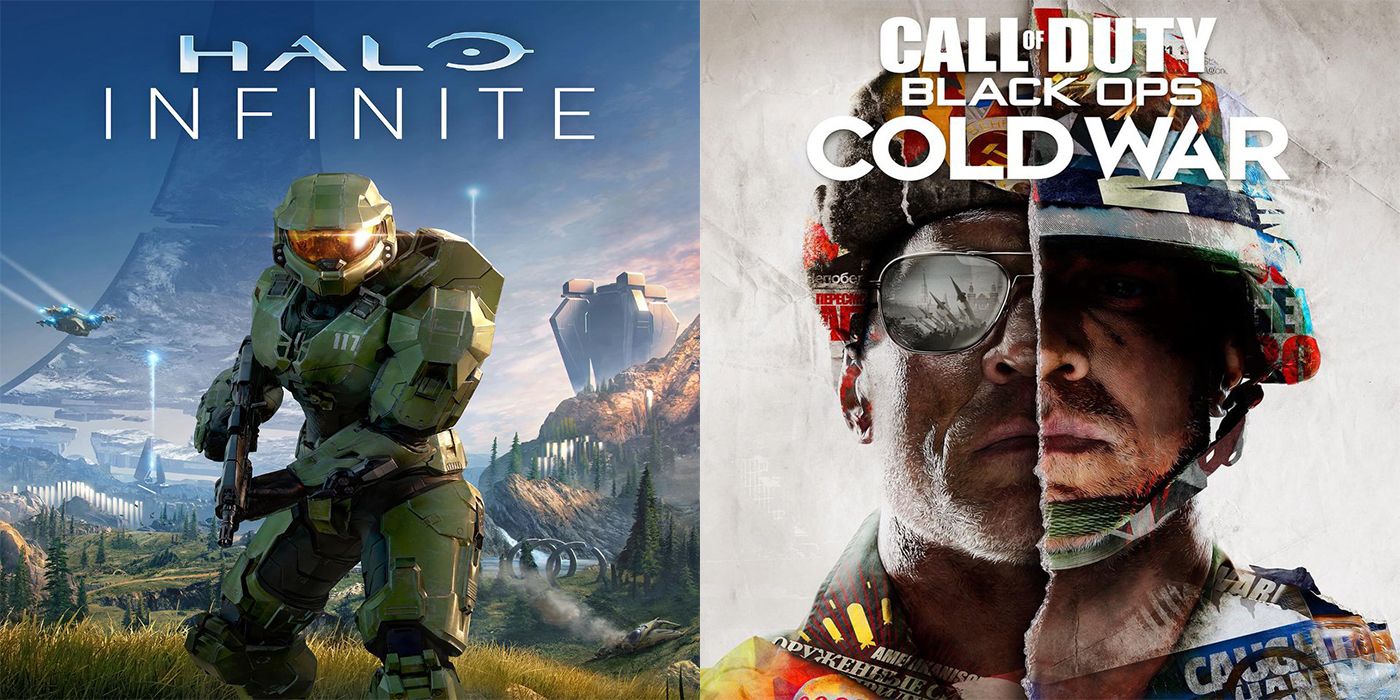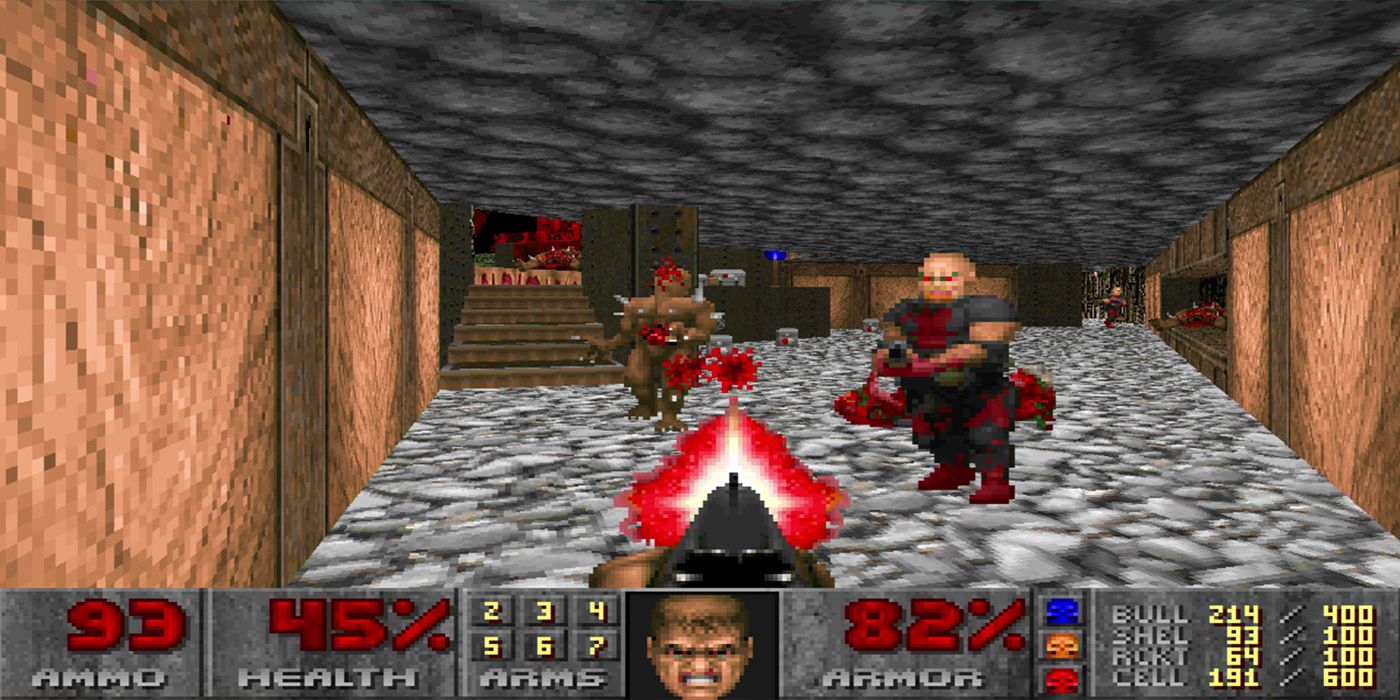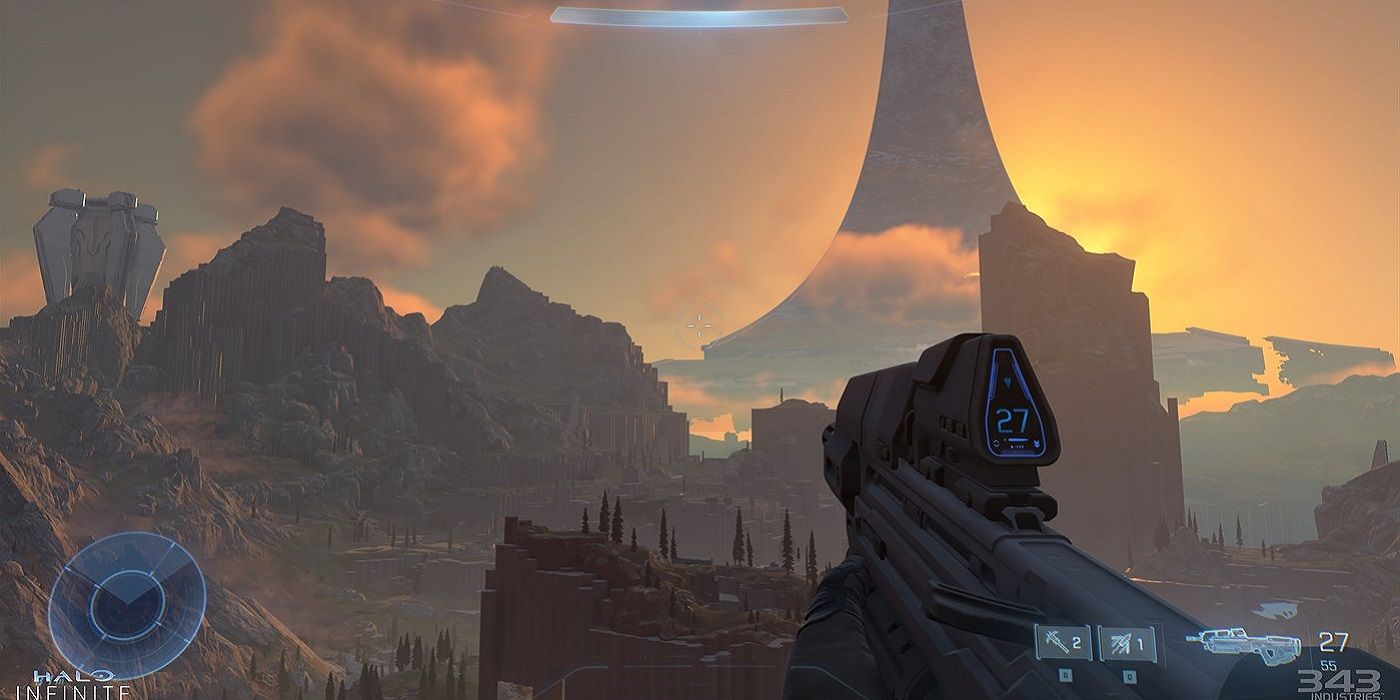Video games have constantly evolved since their inception, starting with rudimentary games like Space War! and evolving into big-budget triple-a titles Call of Duty, The Last of Us, and many, many more. That growth has been spurred on by numerous factors, and each genre has evolved slightly differently, eventually into something totally different than what they used to be.
One of the most radically different is the shooter, specifically FPS games, which set players in the role of a soldier, vigilante, or some other protagonist with a gun on a mission to track down bad guys. For a long time, these games were simple — there were enemies on screen, and it was the player's job to shoot them. This is best demonstrated by Doom, id Software's premier title, and one of the most iconic PC games of all time.
How Shooters Evolved
Doom's beauty is in its simplicity, as its mechanics are easy enough for almost anyone to understand, but it features a steep skill curve to keep players coming back for more. There's no real narrative here, no distinct player choices, and the hero, Doom Guy, is most-defined by his muscles. But at its core, Doom was designed to be fun, and to push the genre to new heights, which it accomplished with some of the most robust multiplayer of the era and a satisfying core gameplay loop.
Five years later, in 1998, the first Half-Life was released, as FPS games began to transition from Doom-style romps to campaigns with a narrative. Halo: Combat Evolved gave people a reason to buy an original Xbox, and Medal of Honor and Call of Duty were just getting started, kicking off franchises that are still alive. Just days ago, Call of Duty: Black Ops Cold War was announced, and Halo Infinite almost looks like a soft reboot for the franchise.
A New Era of FPS Games
These new games are separating themselves from their predecessors, ushering in a new era of FPS games. Halo Infinite lets players explore the map in a non-linear way, something the franchise attempted with Halo 3: ODST, but didn't nail. Destiny 2, despite its flaws, continues to break new ground as an FPS with massively multiplayer elements, and Black Ops Cold War will allow character customization and control over the story. None of these are new concepts for games as a whole, but FPS games – often criticized for their mass-market appeal and lack of innovation – are breaking new ground within the genre.
It comes down to an increase in scope, adding a certain breadth to game worlds that the genre has never demanded before. The core gameplay remains the same in many cases, but narrative and scale have become more important than ever, a fact that the new entries in these long-standing franchises demonstrate. Gamers have entered an entirely new realm of FPS games, a new era of shooters that will separate themselves from what's been done before.
Looking Ahead
The question now is what that looks like in the future. It's hard to imagine Call of Duty ditching annualized titles, and the success of Black Ops Cold War will undoubtedly determine if the franchise keeps player choice and customization for future entries, but with Halo Infinite and Destiny 2 presumably sticking around for years, fans may see an entirely new type of content delivery inside of some of the biggest genres in the franchise.
That may mean fewer releases, but far longer shelf life for games. Halo Infinite wants to be a 10-year game, as made clear by the developers, and that could easily become the new norm for FPS games, evolving worlds with greater breadth for players to explore. That seems to be precisely what gamers are headed for, and while whether or not that's going to be a good thing will undoubtedly be a matter of debate, it opens a lot of opportunity for next-gen experiences.



